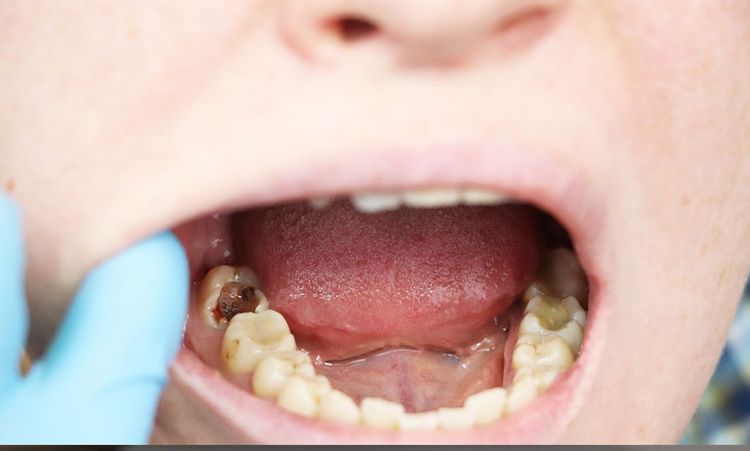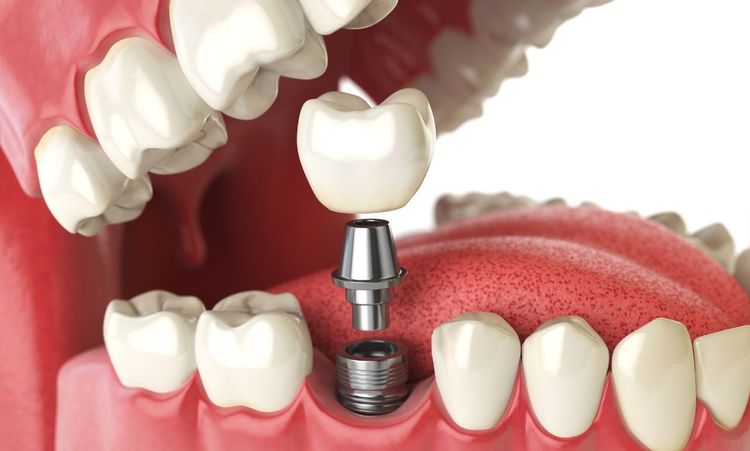Imagine biting into ice cream and flinching in pain. That sharp jolt isn't just sensitivity—it might signal enamel erosion. Tooth enamel is your teeth’s frontline defense. It protects against decay, daily wear, and acid attacks. But once it’s gone, it doesn’t grow back.
Enamel erosion is more common than many realize. And yet, most people don't notice the signs until it's too late. If you've felt twinges when drinking something cold or noticed discoloration, you’re not alone. These are red flags. Understanding how this happens—and how to prevent it—can save you from painful dental problems down the line.
What Is Tooth Enamel Erosion?
Tooth enamel erosion happens when the hard outer layer of your teeth wears away. This outer layer, the enamel, is the hardest tissue in the human body. But it isn’t invincible.
Repeated exposure to acids—from food, drinks, or the stomach—weakens the enamel. Over time, this protective surface thins and chips. The enamel doesn't contain living cells, so the body can't repair it naturally. That’s why protecting it matters.Once erosion starts, your teeth become vulnerable. It can lead to sensitivity, decay, and even fractures.
What Causes Tooth Enamel Erosion?
Multiple factors chip away at enamel. The most common culprit? Acids. Acidic foods and beverages are major players. Citrus fruits, fruit juices, and sodas wear down enamel gradually. Even "healthy" choices like sparkling water with lemon can be problematic.
Then there’s acid reflux. When stomach acid creeps up into the mouth, it coats your teeth. This chemical bath is destructive. Brushing too hard or using a hard-bristled toothbrush also damages enamel. It doesn't just scrub away plaque—it scrapes off protection.
Dry mouth is another sneaky cause. Saliva acts like a buffer, washing away acids. Without enough saliva, acid lingers longer. Even frequent snacking—especially on sugary foods—can trigger acid production and keep enamel under attack.
What Are the Six Signs of Tooth Enamel Erosion?
Enamel erosion doesn’t announce itself with fireworks. It’s quiet. Subtle. But if you know what to look for, the signs are clear.
1. Tooth Sensitivity
It often starts with a twinge. Icy drinks, hot soup, or even sweet snacks suddenly sting. That’s exposed dentin responding to temperature shifts.
2. Discoloration
As enamel thins, it reveals the yellow dentin underneath. Your teeth may start to look dull or darker over time.
3. Rough Edges
Ever run your tongue along your teeth and feel jagged edges? Erosion can wear down smooth contours.
4. Transparency
The tips of your front teeth may appear translucent or glassy. It’s not just a lighting trick. It’s erosion.
5. Cracks and Chips
Thinning enamel means weaker teeth. Small chips or hairline cracks may start to show—especially if you grind or clench.
6. Increased Cavities
Less enamel means less protection. Bacteria sneak in more easily, creating cavities faster than before.
If you notice more than one of these signs, it’s time to take action.
Eating Disorders and Oral Health
Eating disorders can quietly devastate oral health—especially conditions involving purging like bulimia nervosa.
Frequent vomiting exposes teeth to strong stomach acid. This acid wears away enamel faster than most external sources.
Many people with eating disorders hide their symptoms. But dentists often notice signs before family or friends do.
They may see severe enamel wear on the back of teeth, especially upper front ones. That pattern isn’t caused by diet—it’s acid erosion.
It’s not just the vomiting. Nutritional deficiencies linked to eating disorders also harm teeth. The lack of calcium and vitamin D weakens enamel further.
Dental professionals are often first responders. That’s why regular dental checkups matter—even for concerns beyond cavities.
Acid Reflux? Your Dentist May Notice Before You Do
Acid reflux doesn’t just cause heartburn. It can silently damage your teeth over time.
Gastroesophageal reflux disease (GERD) allows stomach acid to rise into the mouth. This acid is stronger than most foods.
Some people don’t even feel the burn. But their dentist sees the effects—erosion on the back molars, thinning enamel, and increased decay.
If you wake up with a sour taste, frequently clear your throat, or have a persistent cough, acid reflux might be to blame.
Dentists often refer patients to medical professionals for further evaluation. It’s a team effort.
Protecting your teeth from reflux isn’t just about brushing. It’s about treating the root cause.
Foods for and Against Your Teeth
What you eat can build up enamel—or break it down.
Helpful foods include those rich in calcium and phosphorus. Cheese, milk, and leafy greens help remineralize enamel.
Drinking fluoridated tap water strengthens teeth daily. Crunchy veggies like celery or carrots help clean teeth between brushing.
Foods with high vitamin D support healthy teeth and gums by helping the body absorb calcium efficiently.
On the flip side, acidic foods are enamel’s worst enemy. Lemons, sour candies, and pickles have low pH levels.
Sugary drinks and sodas aren’t far behind. Even diet versions contain citric or phosphoric acid, which softens enamel.
Fruit juice sounds healthy but is acidic and full of natural sugars. It’s better to eat the whole fruit and drink water.
Timing matters too. Snacking often keeps your mouth acidic. Instead, space out meals and rinse with water afterward.
Treating and Preventing Enamel Erosion
You can’t regrow enamel, but you can protect what’s left and strengthen your defenses.
Start With Daily Habits
Use fluoride toothpaste. It helps harden enamel and resist acid attacks. Look for ones approved by the American Dental Association.
Brush gently with a soft-bristled brush. Harsh scrubbing won’t clean better—it’ll wear enamel down faster.
Avoid brushing immediately after acidic meals. Wait 30 minutes to let saliva neutralize acids before cleaning.
Chew sugar-free gum with xylitol to boost saliva and protect enamel naturally.
Consider Professional Treatments
Your dentist may recommend fluoride treatments, such as fluoride gel or varnish. These create a barrier and reinforce enamel.
In cases of severe erosion, tooth bonding or dental crowns may be necessary. These restore function and prevent further damage.
Some people benefit from custom mouth guards—especially if they grind their teeth at night.
Don’t rely on whitening products. They can irritate sensitive teeth and damage already weakened enamel.
Your dental team will suggest the right plan. Follow-ups are key to staying ahead of erosion.
A Personal Reflection on Tooth Sensitivity
Years ago, I ignored the twinge in my back molar. Cold drinks hurt, but I brushed it off—literally and figuratively.
Then I cracked a filling. My dentist showed me where erosion had taken its toll. That tiny twinge turned into a costly repair.
It wasn’t about brushing more. It was about brushing smarter, avoiding acids, and getting fluoride treatments early.
Now, I sip water after meals, use fluoride toothpaste, and see my dentist twice a year—no excuses.
If I’d acted sooner, I might have avoided the damage. Learn from my mistake.
Conclusion
Tooth enamel erosion doesn’t make noise—but it leaves a mark.
It starts quietly: a little sensitivity, a bit of yellowing, maybe a chip. Then, the damage worsens.
You can’t grow enamel back. But you can stop the erosion, protect what’s left, and avoid costly dental procedures.
Take stock of your habits. Rethink your drink choices. Be gentle with your brush.
And most importantly—see your dentist regularly. They don’t just clean teeth. They catch problems before they grow.
Prevention is your best defense.




